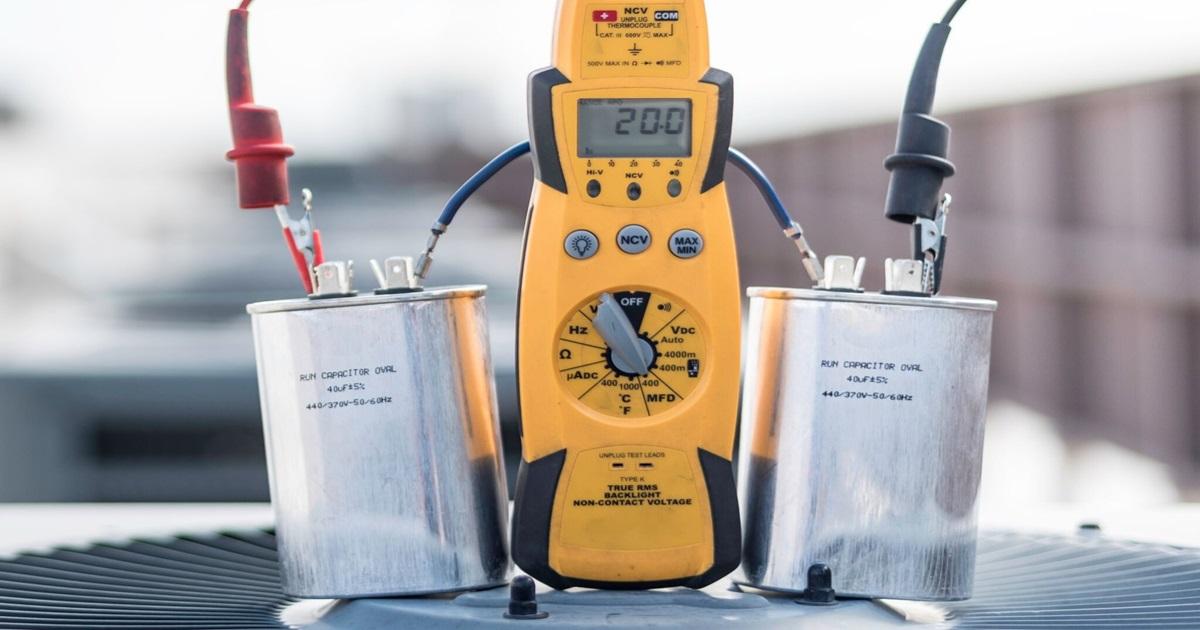Power Factor Correction Capacitors

Power Factor Correction Capacitors: The Unsung Heroes of Energy Efficiency
In the electrified world of industrial machinery, office complexes, and even your neighborhood grocery store, there exists an often-overlooked component working quietly in the background: the Power Factor Correction Capacitor (PFCC). Despite their low profile, these capacitors are essential for optimizing electrical power systems, reducing energy waste, and even extending the lifespan of equipment.
Understanding the Power Factor
To appreciate the significance of Power Factor Correction Capacitors , we first need to understand the power factor. In any AC (alternating current) electrical system, power can be thought of in three parts:
-
Real Power (kW): This is the actual power consumed by devices to perform work, like turning a motor or lighting a bulb.
-
Reactive Power (kVAR): Power that oscillates between source and load but does no useful work. It’s needed to establish magnetic fields in motors and transformers.
-
Apparent Power (kVA): The vector sum of real and reactive power—essentially the total power drawn from the grid.
The power factor is the ratio of real power to apparent power.
This is where PFCCs come into play.
Power Factor Correction Capacitors: The Basics
Power Factor Correction Capacitors are devices installed in electrical systems to counteract inductive loads. Since inductive loads cause current to lag behind voltage, capacitors—which cause current to lead voltage—help offset this imbalance. When installed correctly, they bring the current and voltage waveforms back into closer alignment, thus improving the power factor.
Why They Matter: Beyond the Bills
Most people associate PFCCs with reducing electricity bills—and that’s valid. Utility companies often penalize businesses with poor power factors. By installing capacitors, companies can avoid these charges. But their benefits extend much further:
-
Increased System Capacity: When reactive power is reduced, the current in the system drops, which means existing electrical infrastructure can carry more useful load.
-
Reduced Transmission Losses: Lower current means lower I²R (resistive) losses across the network.
-
Enhanced Voltage Stability: PFCCs help maintain voltage levels across distribution networks, critical for sensitive equipment.
-
Environmental Benefits: By improving efficiency, capacitors indirectly reduce the carbon footprint of electricity generation.
Capacitors with Intelligence: The Rise of Smart PFC Systems
Traditionally, capacitor banks were passive components manually installed and switched on/off. However, the modern energy landscape demands more dynamic solutions. Enter smart power factor correction systems—these are automated, programmable units equipped with:
-
Microprocessor control
-
Real-time monitoring
-
Automatic switching and de-rating
-
Harmonic filtering capabilities
Smart PFCCs adapt to load variations and can even communicate with other energy management systems, turning a passive component into an active player in the quest for efficiency.
Challenges and Considerations
Despite their advantages, PFCCs aren’t a plug-and-play solution. Improper installation can lead to:
-
Overcorrection, which can cause a leading power factor and potential voltage rise.
-
Resonance issues, especially in systems with high harmonic distortion.
-
Thermal and electrical stress, if not rated correctly for the load.
Therefore, proper system analysis and engineering are crucial before integrating power factor correction.
The Future: Capacitors as Grid Assets
As the world shifts toward decentralized, renewable energy sources, the role of reactive power management becomes even more vital. Solar inverters, wind turbines, and energy storage systems are increasingly integrating PFCC technology to stabilize voltage and improve grid resilience. In this evolving grid ecosystem, PFCCs are not just correctional devices—they are preventive and predictive components.
Final Thoughts
While often tucked away in grey cabinets or electrical rooms, power factor correction capacitors deserve recognition for their role in modern energy systems. They embody a powerful paradox: silent and stationary, yet dynamically vital to the performance of vast electrical networks.
In a world chasing energy efficiency and sustainability, sometimes it’s the quietest devices that make the loudest difference.



